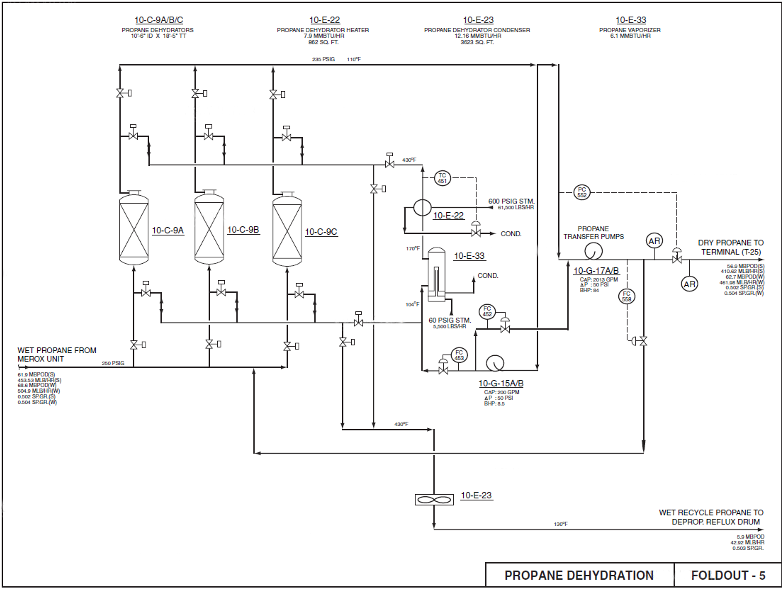Introduction
Gasket failures are a chronic issue in hairpin-type multitube propane and butane heat exchanger units used in NGL dehydrator heater services, resulting in repetitive steam and HC leaks from the tubesheet joints. The existing flange-gasket design was unable to handle the thermal loading and maintain the target gasket stress necessary for a good seal throughout the operating conditions. Therefore, we undertook a comprehensive analysis to correct and redesign these hairpin units, aiming to identify and eliminate the underlying issues. We completed piping nozzle load calculations using CAESAR-II, ASME Section VIII Div-1 MA-2, and ASME PCC-1 codes, along with WRC-510 and WRC-538 calculations for the gasket failure analysis. Additionally, a finite element analysis was conducted to simulate the loss of gasket seating stress caused by the non-uniform thermal gradient in the “eccentric steam inlet” line design. By combining multiple design aspects in a detailed analysis, we discovered weaknesses in the existing gasket seating design and determined what it would take to achieve an effective seal by bolt tensioning, thereby establishing the root cause of the chronic leak issue. Consequently, we formalized a flanged joint design suitable for this heat exchanger tubesheet application, which eliminated repetitive gasket failures and ensured the reliable and safe operation of the propane and butane dehydrator heater service.
Filtered propane containing moisture levels in excess of 20ppm is routed to the three dehydrators, as shown in Figure 1. Among these dehydrators, two are always in service while the third undergoes regeneration or is prepared for future use. The heating cycle of the dehydrator lasts 5 hours and 25 minutes. Afterwards, a cooling cycle ensues for a period of 2 hours and 45 minutes until the dryer reaches a sufficiently cool state to resume its drying service. A slipstream from the dry propane product flows to the propane vaporizer, where the temperature of the propane gas is raised to about 170°F. The gas then flows from the vaporizer to the dehydrator heater on the shell side. This heater is a hairpin-type (multitube) design specifically tailored for natural gas liquids (NGL) plants. To maintain the outlet gas temperature at 450°F, the flow of 600 psig steam is regulated within this heater tube-side service. The hairpin-designed heat exchanger utilizes true counter-current flow, which optimizes temperature differences between shell-side and tube-side fluids.

Given that the propane/butane dehydrator heater service requires a temperature cross, where the hot fluid’s outlet temperature is below the cold fluid’s outlet temperature, the hairpin heat exchanger proves to be the most efficient design due to its fewer sections and reduced surface area. In the original design, the tubesheet gasket employed a spiral wound configuration consisting of stainless steel and graphite materials.

















Comments and Discussion
Add a Comment
Please log in or register to participate in comments and discussions.